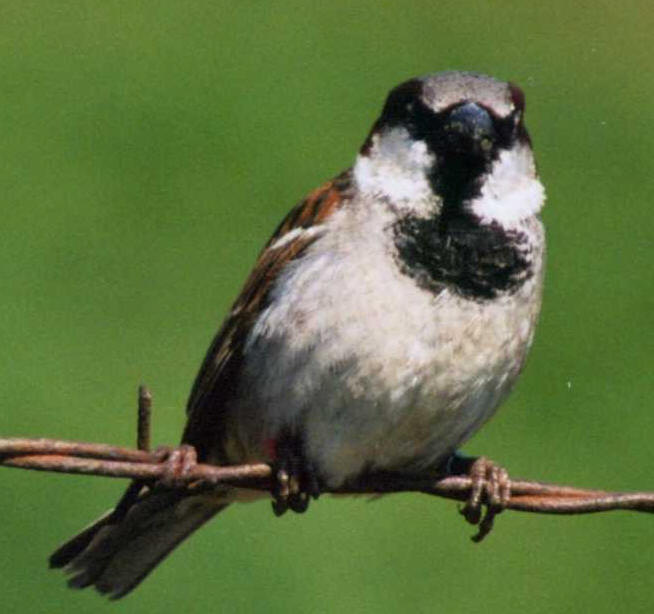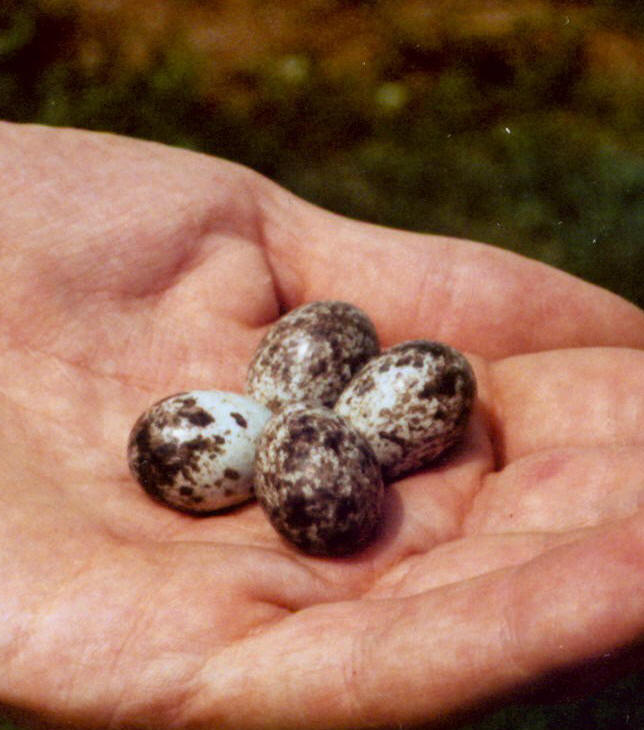
GLOBALHOSP
The BIOLOGY of House SparrowS
A GloBal Research INITiative

Comparative Analyses of Clutch Size
Theory:
Clutch size is an extremely well-studied life history characteristic in birds that is known for being phenotypically plastic. Lack (1947) helped begin the field of evolutionary ecology with his ideas on the trade-off between the benefits of laying additional eggs versus the potential costs to offspring survival of having extra mouths to feed. A conspicuous pattern in birds is that clutch size declines with the date in the season the clutch is started (first egg date). A model by Rowe et al. (1994) proposed that the reason for this decline is twofold: 1) eggs laid later in the season produce poorer quality offspring and 2) females vary in condition at the start of the season. Any given female accumulates condition that can be turned into eggs until she reaches a point in which accumulating more resources to lay additional eggs is marginally less beneficial because of the later start (and therefore poorer quality offspring). Differences in female condition cause females to end up along a laying date-clutch size line (Figure A below). In multi-brooded birds (see figure B below), females make similar decisions for each attempt, but later attempts have a steeper laying date-clutch size line.

This model makes several predictions for multi-brooded birds:
1. Clutch size will decline with date in the season,
2. Independently and with date held constant, clutch size will increase with attempt order
3. Independently of both 1 & 2, clutch size should be sensitive to the interaction between date and attempt order and this interaction will be negative.
In addition, once date, attempt, and their interaction are accounted for, no other variables should affect clutch size (including female condition, since it determines lay date).
Some data:
House Sparrows provide an excellent system to test this model. In Kentucky, females often produce 3-4 clutches annually. We analyzed clutch size information from 1201 attempts by 247 marked female sparrows (Westneat et al. 2009). We found using mixed model GLM that
1. Clutch size declined with date,
2. Clutch size increased with attempt order
3. Clutch size declined with the interaction between date and attempt order
These three results support the Rowe et al. (1994) model. But, we also found that
4. clutch size fit a negative quadratic of date
5. clutch size varied with both a linear (positive) and quadratic (negative) term for female age
6. clutch size showed significant individual variation among females.
These latter three results cannot be explained by the model and so at least suggest modifications.
Some questions for comparative study:
House Sparrows provide an excellent opportunity to do comparative analyses. In the context of the Rowe et al. (1994) model of clutch size, comparative analyses might be of significant interest in several ways:
-
Do house sparrows show similar patterns of clutch size plasticity in most populations?
-
The model assumes that the driving force behind the decline in clutch size with date (and the interaction between date and attempt order) is the negative effect of date on offspring quality. Because ecology is likely to influence that relationship, the model would predict different clutch size-laying date slopes in populations with differing effects of date on offspring quality or survival.
-
Differences in the seasonal pattern of food supply among populations might alter the shapes of the optimal curves in the model and therefore affect non-linear slopes with respect to date.